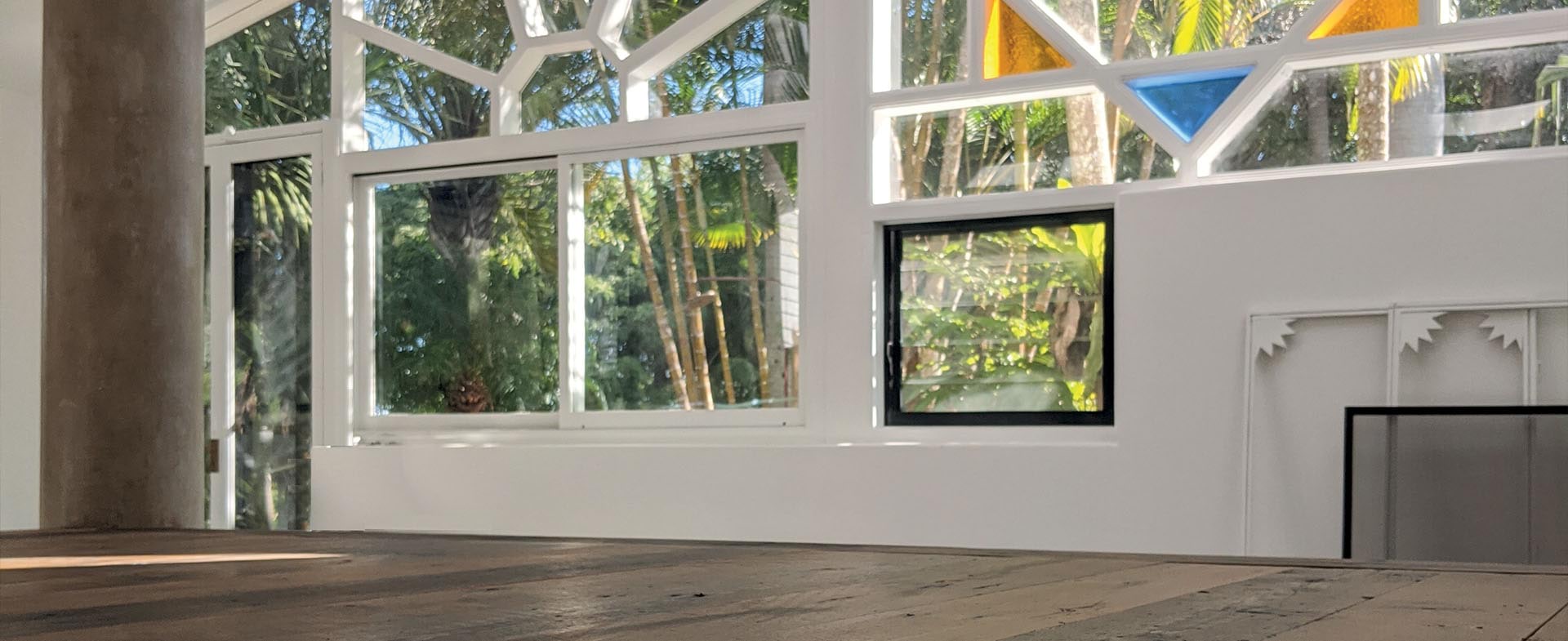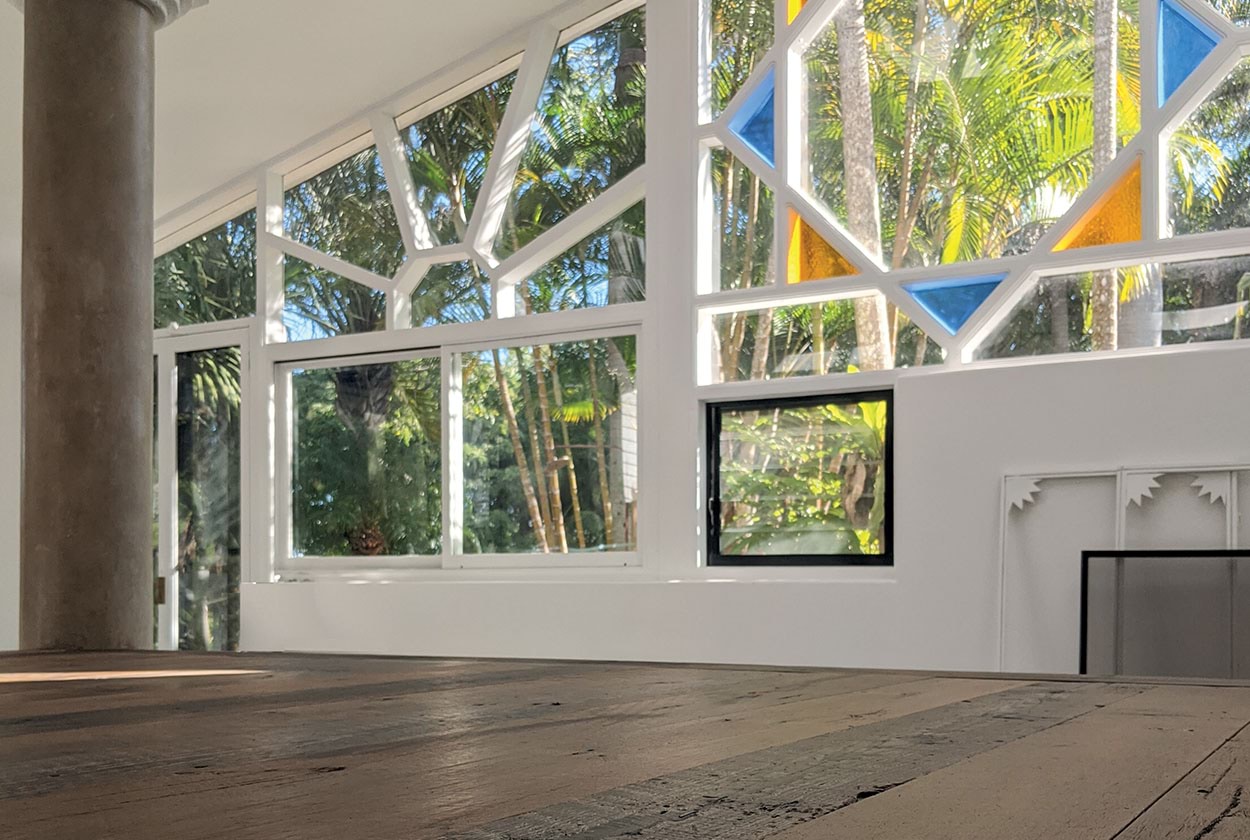

The expert's opinion
/
8/2/2023
Wooden floors: floating or bonded?
Two different types of installation to meet different project requirements
Angelo Giangiulio, Corporate Product Manager, Wooden Flooring Line, answers questions about the two main laying systems for parquet flooring.
The starting point in creating a functional, durable interior environment with high aesthetic impact is a correctly installed floor. This is also true for wooden flooring, which can be installed by either bonding or using a floating system. With the first method the flooring is bonded to the substrate with specific adhesives, while with the second method the wooden covering is placed on the installation surface without using a chemical “anchor”. The second solution is becoming very popular because of its obvious advantages: installation is quick and simple, and surfaces are highly reversible. This is why, apart from flooring that needs to be installed using an adhesive system, the portfolio of many wooden flooring manufacturers also proposes types of flooring that do not need to be bonded. Both types of installation, bonded and floating, certainly have their advantages and disadvantages. Each one is more or less suitable according to the type of surroundings in which the flooring is installed and their type of use in the short term and in the long term. So, these are two different solutions to meet different design requirements.
In which cases should you opt for a floating system?
A floating system is more suitable for those environments with a shorter life cycle, or which are used on an “occasional” basis, such as pop-up stores, trade-fair spaces and residential properties that are only used every now and again (such as holiday homes). It is a particularly suitable choice for those cases in which a more “aggressive” use of surfaces could lead to increased wear (such as floors where users are less careful). Another situation where a floating system is recommended is when installing wooden flooring over existing flooring in a different material (such as ceramic or textile materials), for example, when it is not possible to remove the existing floor (rented properties, tight installation schedules or to reduce costs). We should also take into consideration the indications given by manufacturers of wooden flooring to identify the application limits of floating wooden flooring. If there are conditions such as perfect flatness and the possibility of maintaining a constant level of surrounding humidity and temperature, floating wooden flooring is feasible. In all cases, whether it is a floating floor or a bonded floor, installation needs to be carried out by a professional to guarantee the correct properties of the final surface.
And when, on the other hand, is it better to bond wooden flooring?
Installing wooden flooring with an adhesive system is the most suitable solution when we need to guarantee a more durable surface, such as to remain in line with the rest of the features and structural elements in a building.
Besides, in areas subjected to intense use, floors in schools, commercial buildings and restaurants for example, it is usually recommended to bond wooden flooring. Also, in the case of wooden floors with decorative patterns, using a silylated polymer-based adhesive (such as ULTRABOND ECO S958 1K) in a range varying from a “soft” to a “hard” category, allows you to comply with any design requirement. In fact, generally speaking, wooden flooring installed with adhesives guarantees better technical properties and extended durability, and it is also able to comply with a wide array of requirements.

Installing wooden flooring with an adhesive is recommended for environments of high standard where durability and high-performance properties need to be guaranteed.
What type of floor is “noisier”, bonded or floating?
There are technical properties that can actually be improved by bonding wood flooring. One of these is that “empty” or “hollow” sound, the sound you hear when walking over the surface of a floor originating from the movement of components and then propagated through the surrounding structural elements. A typical characteristic of floating floors is that “hollow sound” caused by someone walking over it, which is usually louder than the type of sound generated on a bonded floor. This occurs because the air under floating flooring acts like a soundboard and the vibrations produced by the sound are amplified. This phenomenon is easy to recognise by those who use wooden flooring and, in the long term, can become a problem for end users. Bonding, on the other hand, prevents the presence of an isolated layer of air between the substrates and flooring, so the noise it produces is less. The acoustics of internal surroundings are obviously determined by other factors (the quality of the flooring, echoes, type of shoes, etc.), but we can affirm that installing wooden flooring with an adhesive system reduces those “hollow” sounds caused by walking on the floor.
And if wooden flooring is installed on a heated floor?
Nowadays, many new builds have heated floors, but this solution can also be chosen for renovation work, such as to create systems with lower energy consumption or to install a new heating system. Bonded floors conduct heat generated by a heating system more efficiently than floating floors, which can lead to quite a saving on heating costs and lower energy consumption. What is more, installing flooring with adhesives means that thinner wooden coverings can be used which, in turn, improves the thermal characteristics of the floor.
Which type of installation is more sustainable?
It is obviously easier to dispose of floating wooden flooring when it reaches the end of its service life, and also to recycle, where possible, any materials that make up the floor. Bonded flooring, however, guarantees better overall use in the long term and surfaces are more durable because the flooring is, in fact, “fastened” to the substrate. The higher initial costs are actually an investment in the long term and, what is more, a bonded floor can be sanded and coated and, therefore, renovated. This is a type of surface that could “evolve” over the years and be adapted to suit the surroundings in which it is located. Durability and adaptability, therefore, make wooden flooring installed with adhesives a truly eco-sustainable choice which will also lead to a reduction in renovation costs and the amount of raw materials used throughout the entire life cycle of the floor.






